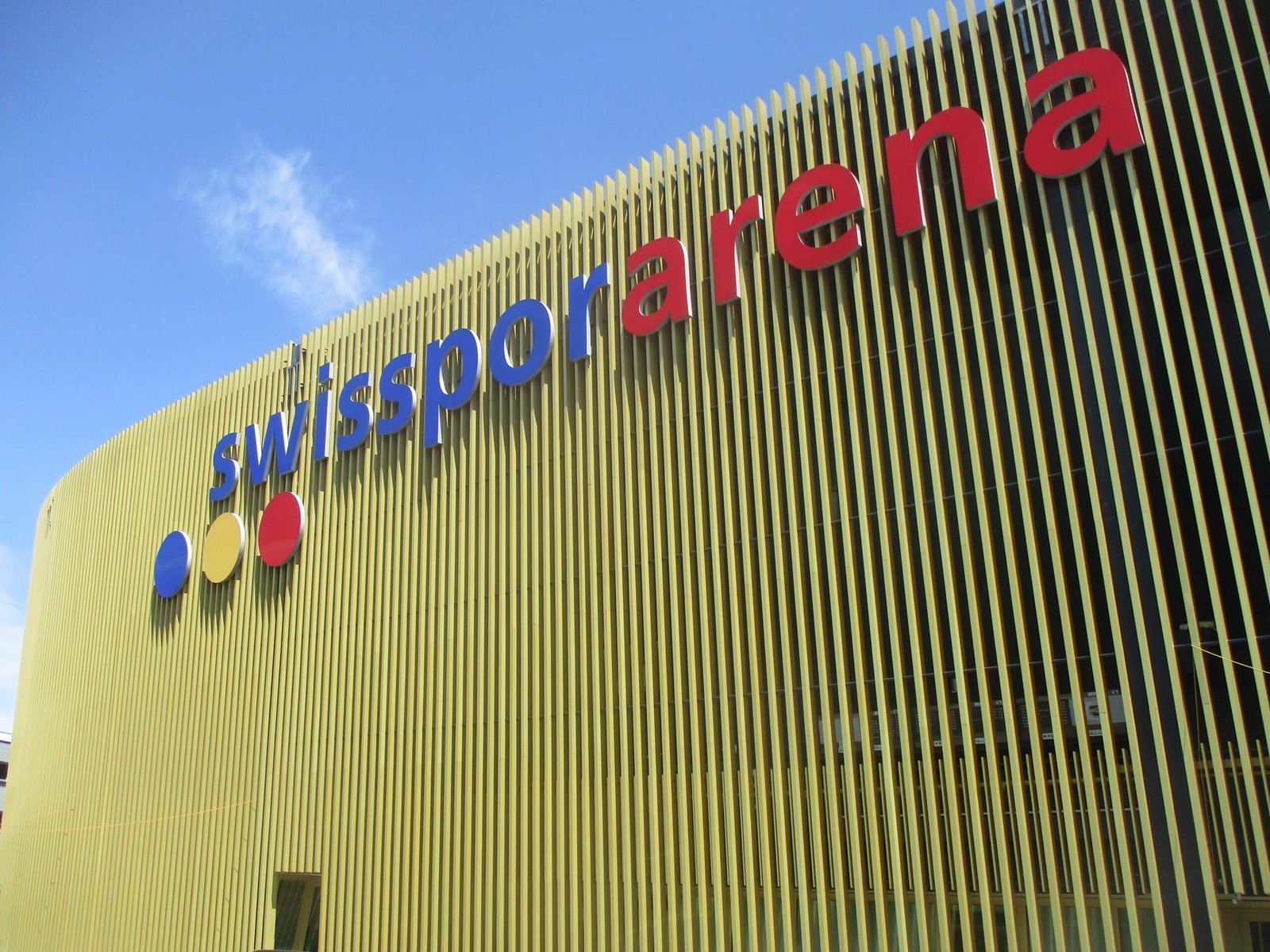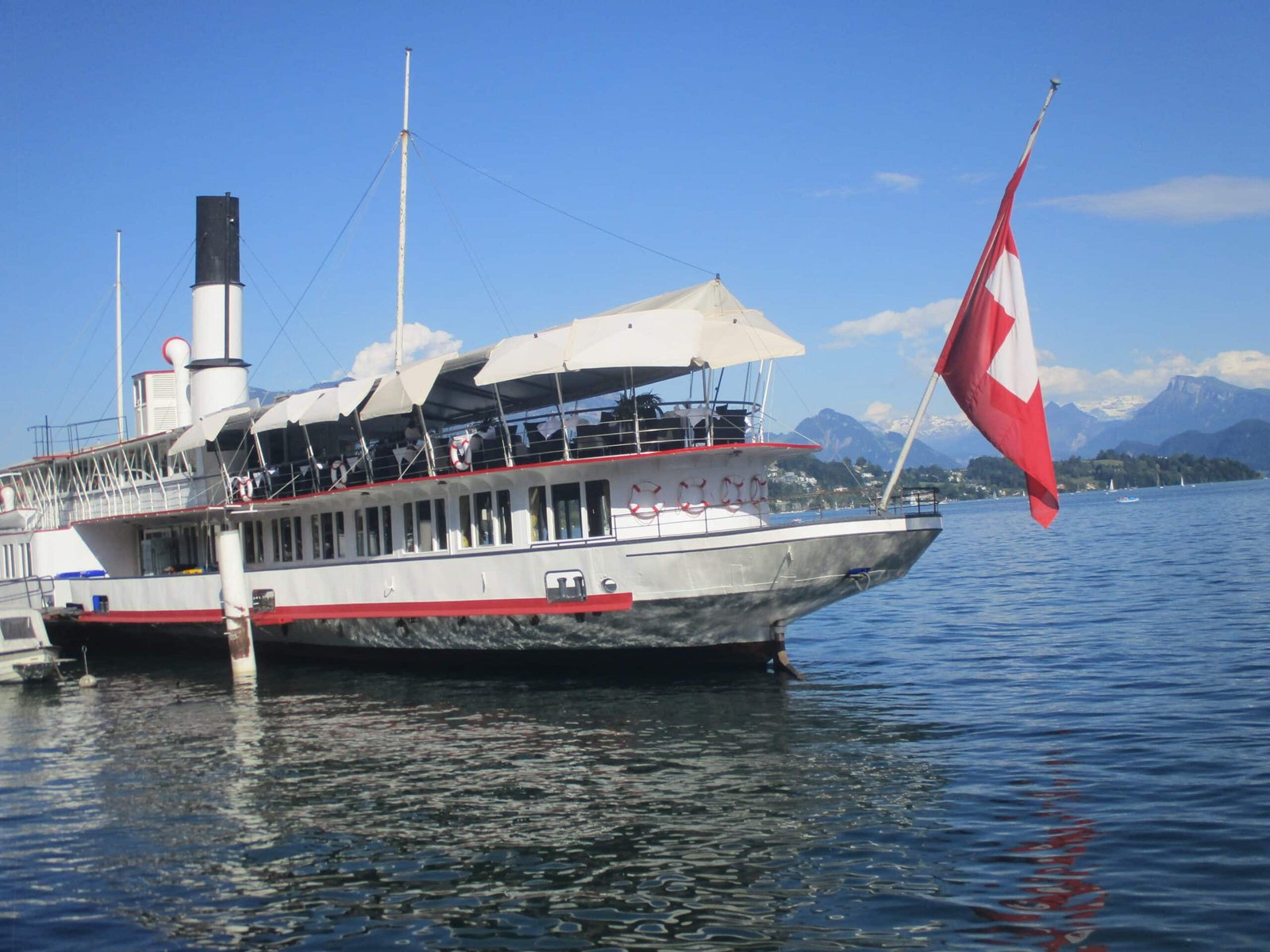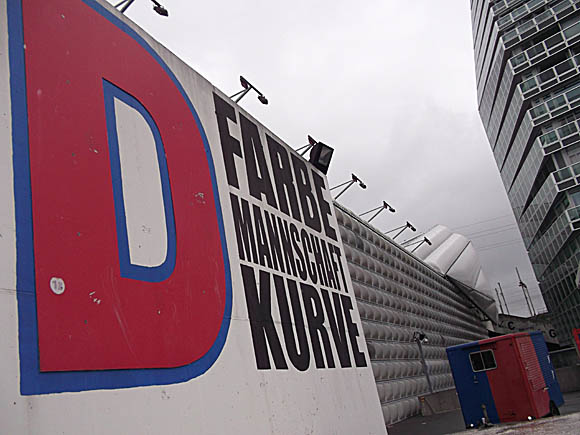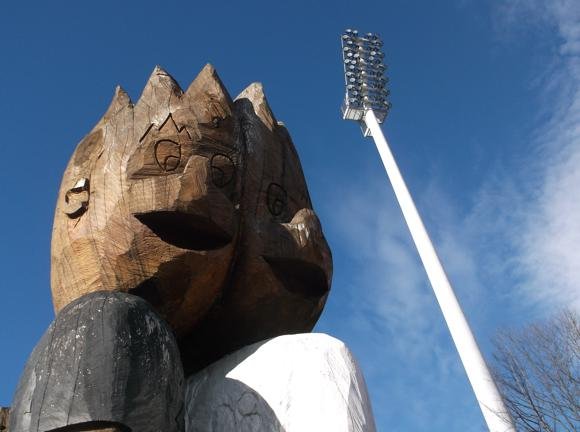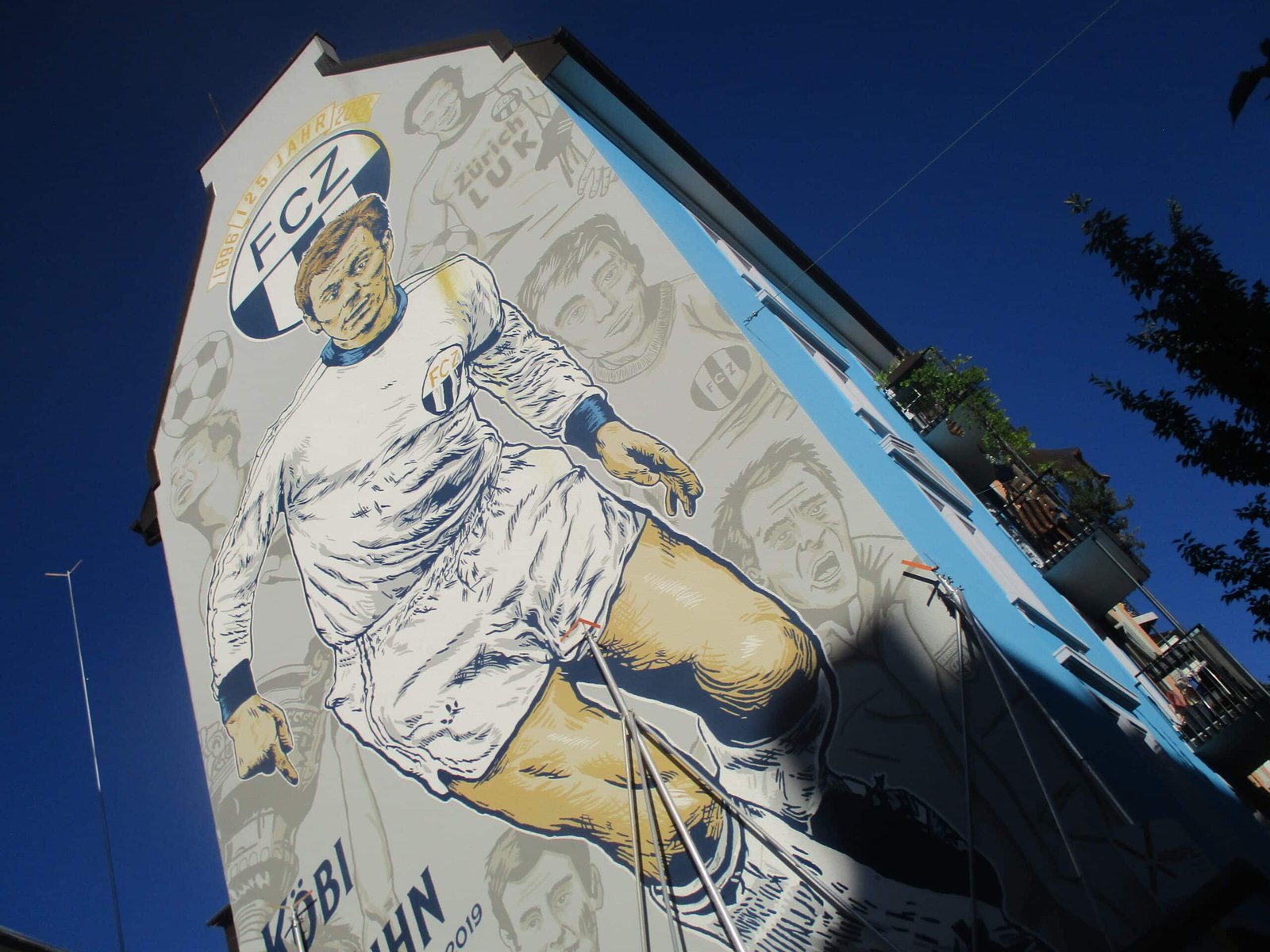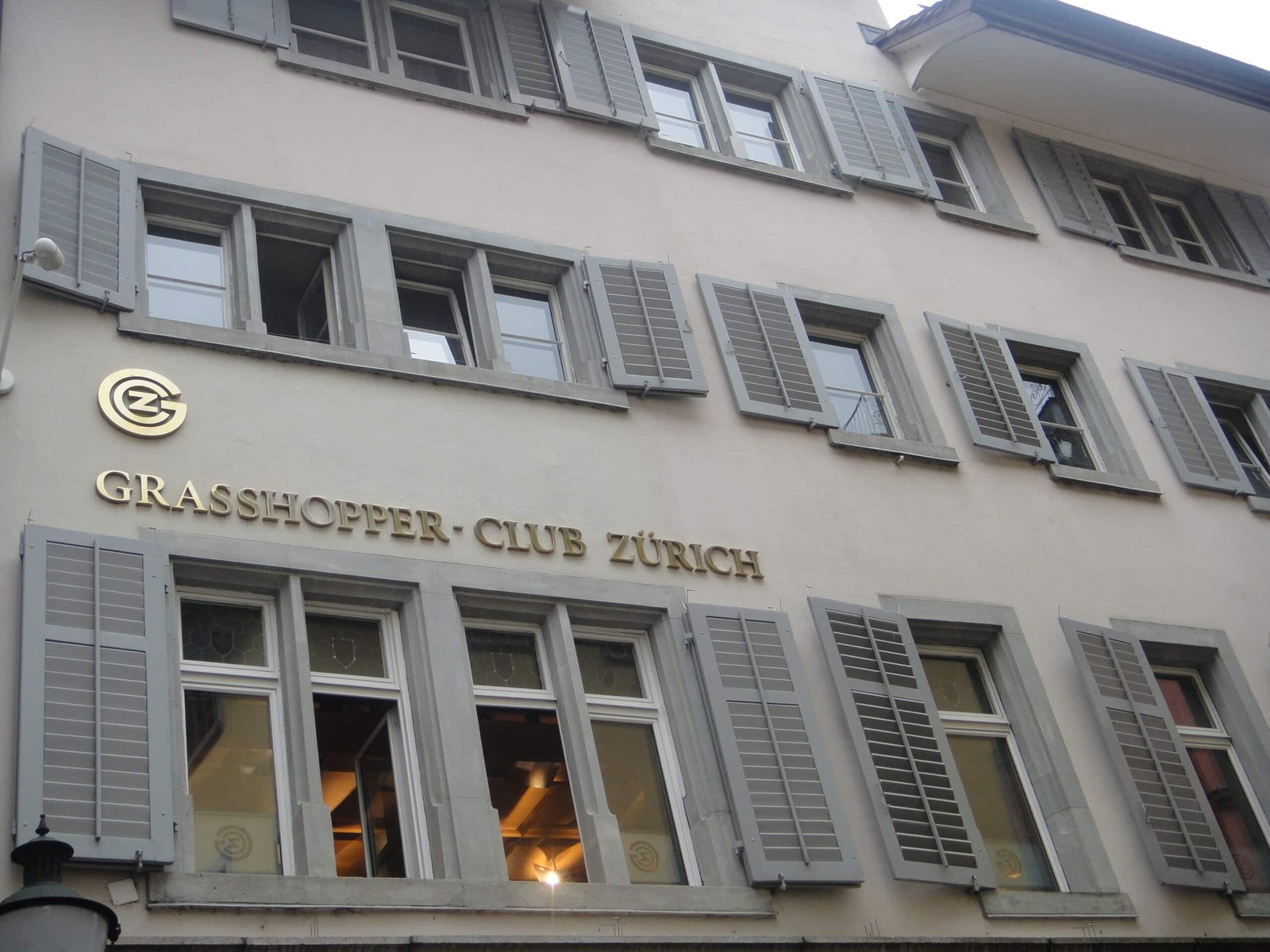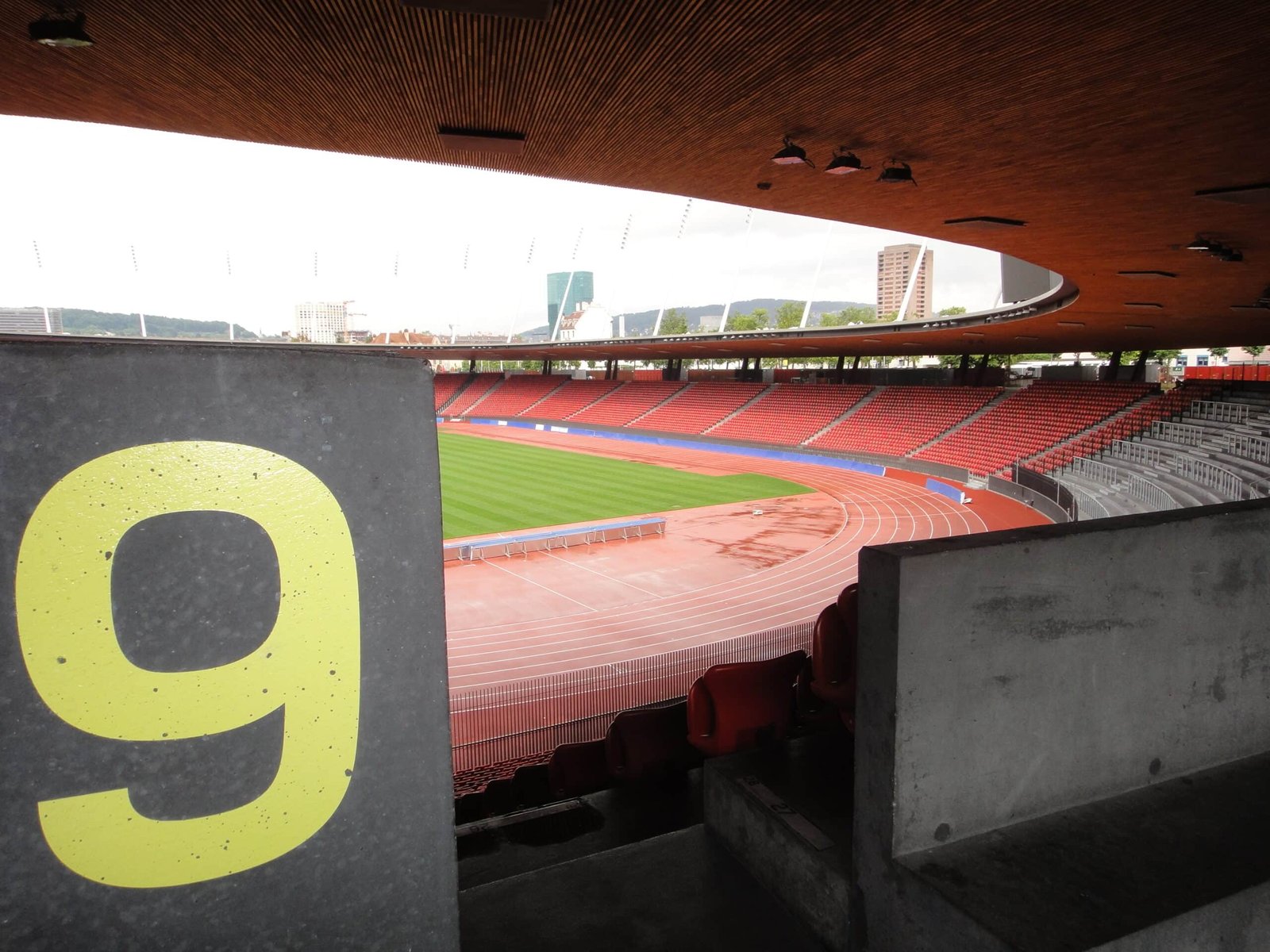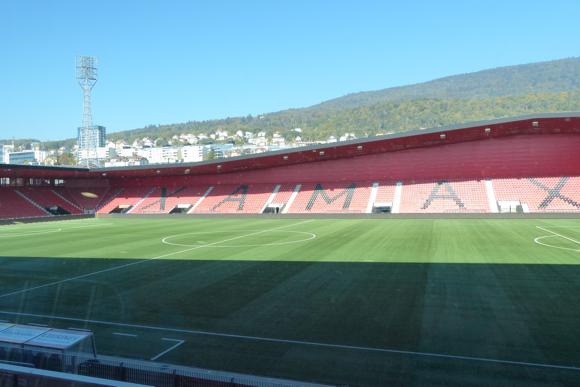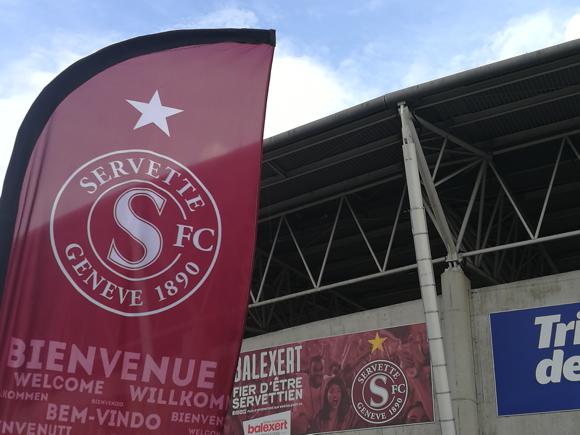A fan’s guide – the club from early doors to today
Regular European competitors FC Luzern have rarely set the Swiss League alight but have always been able to count on a loyal and lively fan base.
Die Leuchten had to wait until 2021 to lift the Swiss Cup after reaching three finals a decade or so earlier, losing out on penalties to FC Basel in 2012. For their Europa League campaign of 2014-15, penalties again proved the curse, St Johnstone winning out in the shoot-out in Perth.
In fact, FCL, the Blau-Weiß, have only four major trophies to their name, one title and three cups, and so have long operated in the shadow of the top teams of Zürich, Berne and Basel.
Like FC Basel, FCL’s foundation came about through an ad in the local paper, in this case the Luzerner Tagblatt. On May 6, 1897, interested parties were invited to meet at the Café Alpenclub. Four years later, at the Restaurant Seidenhof, FCL came into being.
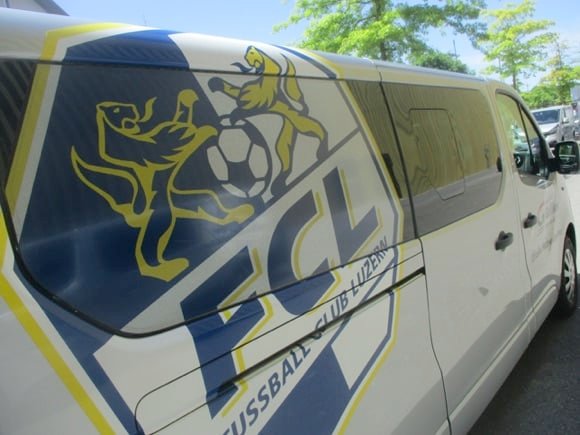
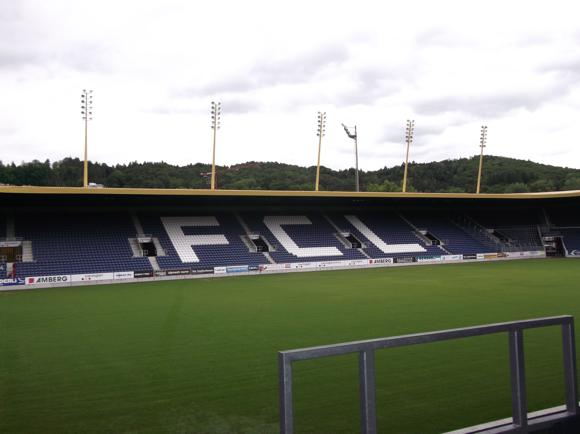

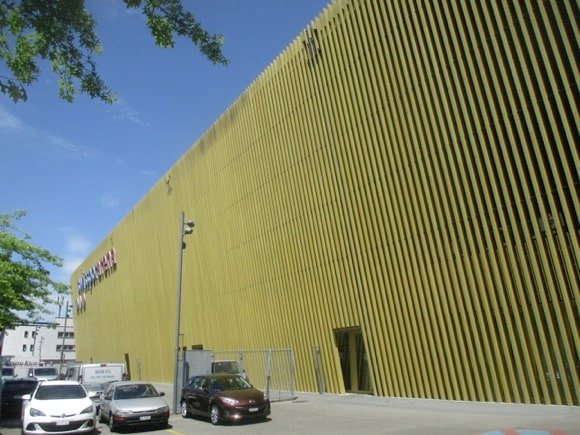
For most of the next six decades, FCL were an mid-range football power in the Central Swiss region, occasionally hiring foreign coaches such as ex-Gillingham forward Horace F Williams and much-travelled Hungarian Ferenc Kónya.
Silverware only came after the war. FCL had moved into the Stadion Allmend, in the area of the same name on the outskirts of town, in 1934. For the cup semi-final with Young Boys Berne in 1959, 18,000 squeezed into the Allemend to see a 3-1 win take the Blau-Weiß the final in Berne. There, against FC Grenchen, a late solitary goal from substitute Robert Blättler earned FCL a first Swiss Cup.
Luzern were duly thrashed by Fiorentina in the subsequent inaugural Cup Winners’ Cup, setting the unfortunate trend of poor performances in Europe.

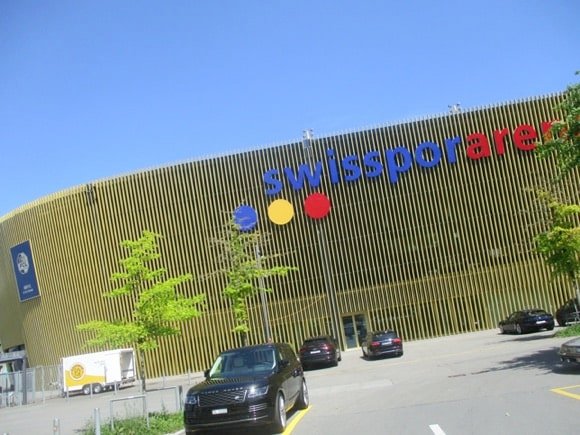

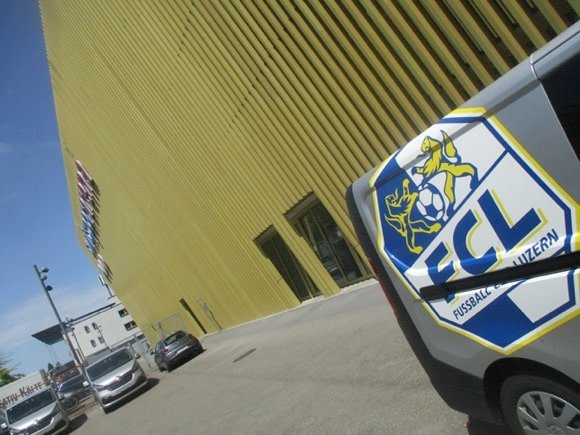
Always able to attract good crowds to the Allemend despite inconsistent form, FCL improved in the 1980s with well known strikers such as Ottmar Hitzfeld and David Fairclough.
The breakthrough came with the arrival of Friedel Rausch in 1985. A UEFA-Cup winning coach with Eintracht Frankfurt, Rausch spend seven years at Lucerne, most notably taking the club to their one and only title in 1989.
Midfield mastery from Jürgen Mohr and crucial goals from Peter Nadig allowed FCL to level with Grasshopper at the top, before the Zürich side were beaten in front of a record crowd at the Allmend with a late winner. Another solitary goal, fittingly from Mohr, saw FCL win the title against Karl-Heinz Rummenigge’s Servette.
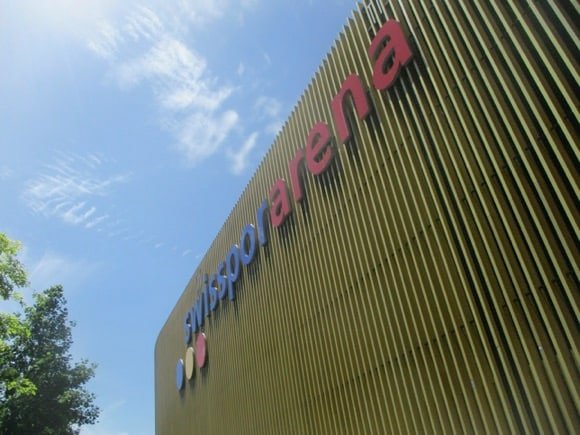
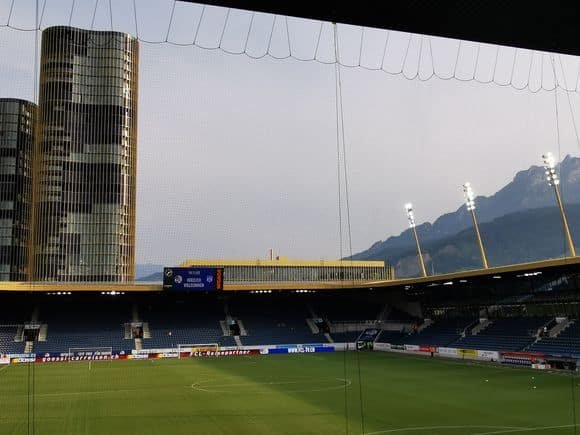
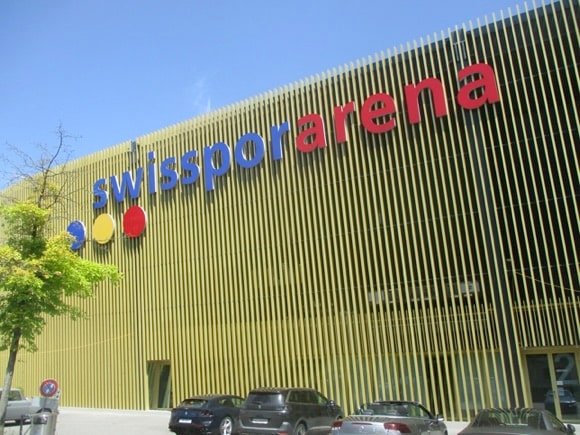
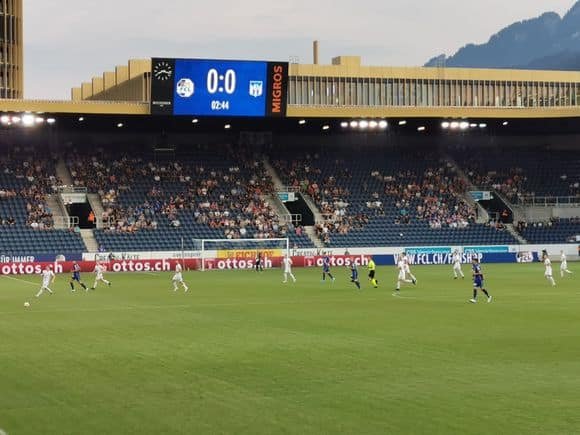
The FCL side the following season, with Danish international John Eriksen and fellow striker Adrian Knup, was, on balance, better – but had to be satisfied with the Swiss Cup, in 1992.
League form continued to waver, though later cup runs included final appearances in 1997, 2005 and 2007, all unsuccessful. Shoot-out defeat to Basel at the same stage in 2012 was particularly painful.
On the plus side, FCL moved into the €65 million swissporarena in 2011, having replaced the venerable Allmend on the club’s 110th anniversary. Pretty soon, some pretty famous European names were rocking up, Olympiacos and Espanyol included, while Feyenoord’s visit of 2021 came in the wake of FCL’s long-awaited Swiss Cup win over St Gallen.
Stadium Guide
The field of dreams – and the story behind it
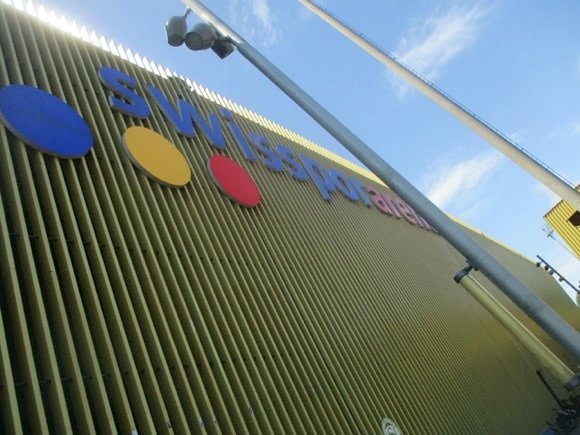

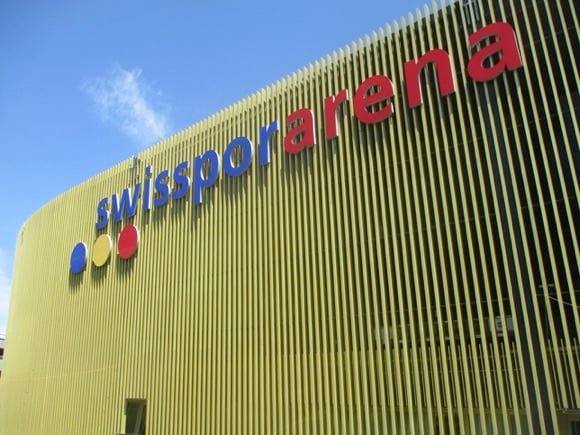
FCL have been based in the area of Allmend since the beginning. In the early 1900s, the newly formed club first played on park pitches in this picturesque area on the southern outskirts of town, players changing at the Eichhof bowling alley whose bar/restaurant still operates today as a pre- and post-match haunt.
FCL then moved to Tribschen, overlooking the lake, where Richard Wagner once had a villa. Logistical problems brought FCL back to Allmend, where they built a 10,000-capacity ground in 1934.
Twenty years later, facilities were modernised and expanded. With regular European competition in the 1960s, a new stand was erected and floodlights. Security was upgraded in 1974 after an unfortunate referee was pelted with snowballs, and a new stand added with the rising attendances of the 1980s.
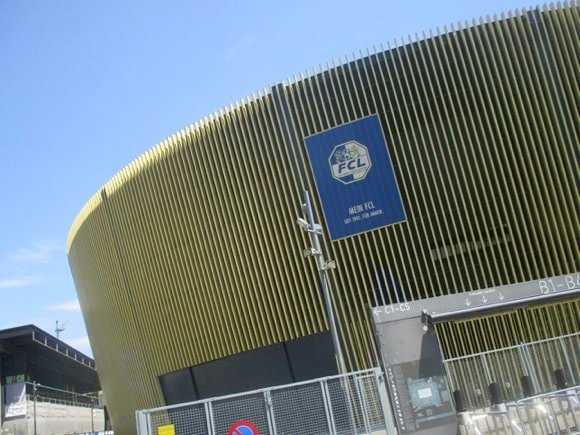

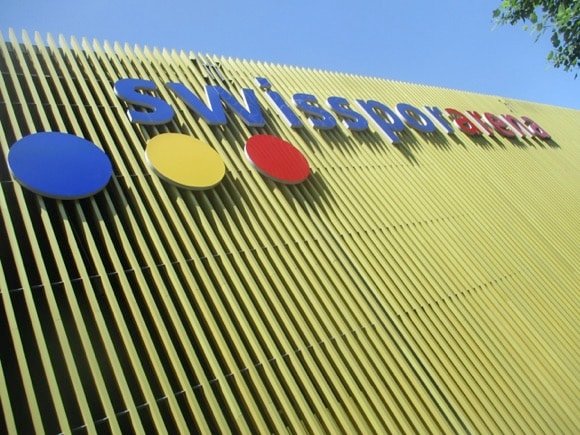
By the time talk turned to a new stadium in 2006, capacity at the ageing Allmend was reduced to 13,000. Raising some SF79 million with the help of the City and Canton of Lucerne, and private investors, FCL had architects Daniel Marques and Iwan Bühler create a contemporary, 17,000-capacity venue suitable even for Switzerland internationals: the swissporarena.
Completed in 2011, it displays a distinctive gold-tinted exterior, its name in bright primary colours, the interior seating blue, FCL lettering clearly outlined. For domestic fixtures, 3,000 standing places fill sectors B2-3 in the home end, B Tribüne (blue, natürlich).
Away fans are allocated C6, at the opposite end of Tribüne C (red), which faces the main stand, Tribüne A (yellow). Tribüne D (green), including the Family Corner, is behind the other goal.
getting here
Going to the stadium – tips and timings


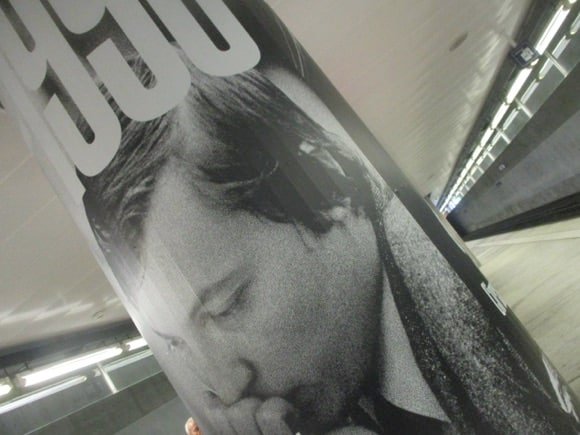
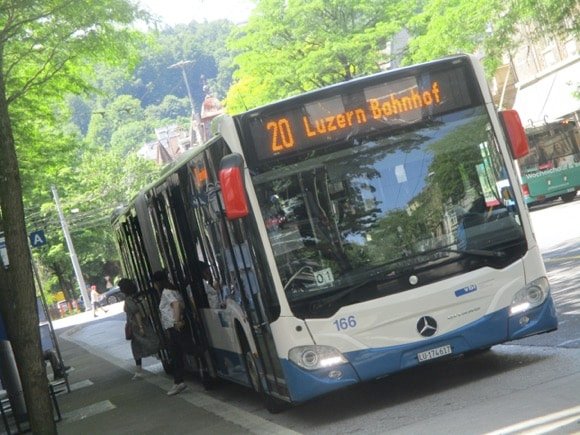
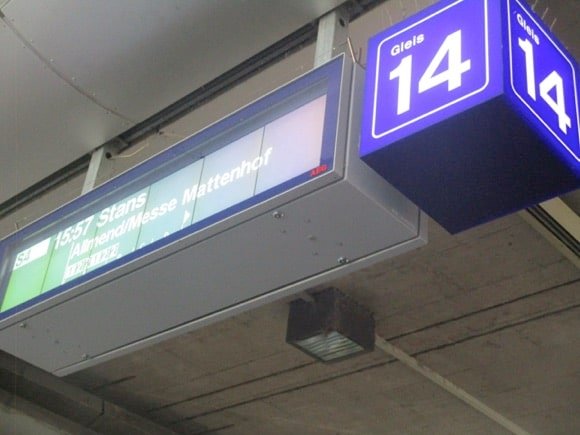
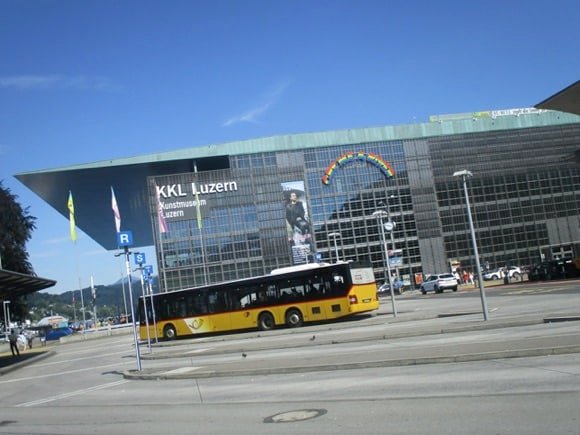

The quickest way to get to the stadium is by S-Bahn from Lucerne main station. Allmend/Messe is one stop south on the S-Bahn S4 (direction Stans or Wolfenschlessen) and S5 (direction Giswil) lines. Trains usually leave from platform 14, the furthest to the left as you’re facing the station with your back to the lake.
The S-Bahn brings you right alongside the trade fair area and sports hall – note the pictorial history of key events held there, chess tournaments and indoor athletics, on the pillars of the station at platform level.
Alternatively, bus 20 runs from the concourse outside Lucerne train station, then down Pilatusstraße then Obergrundstraße, journey time to the stadium 10mins.
For domestic fixtures, a valid match ticket allows free use of the bus or S-Bahn to and from the stadium for up to three hours before and after the game.
For those coming to Lucerne for the Women’s Euros in July 2025, travel across Switzerland and venue cities is free for match-ticket holders from midnight before the game and until 5am the following day.
getting in
Buying tickets – when, where, how and how much
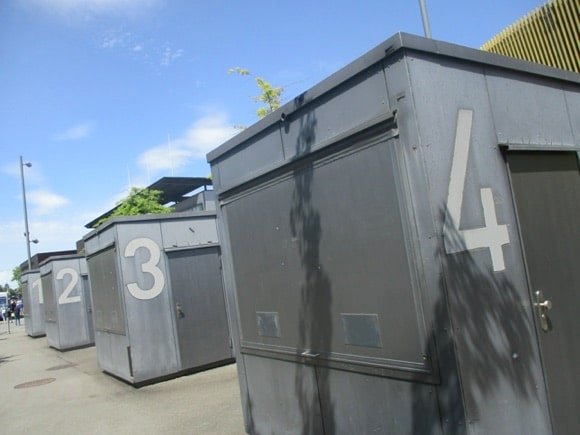
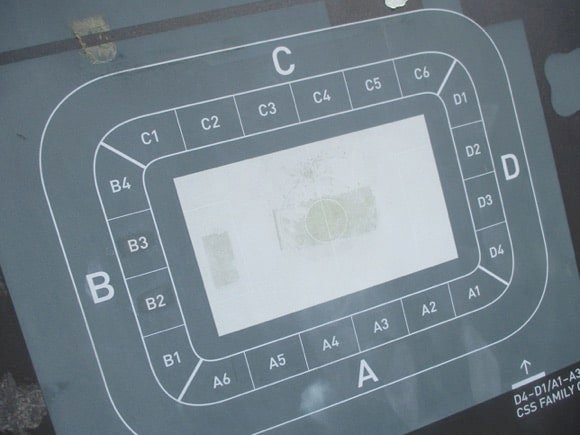
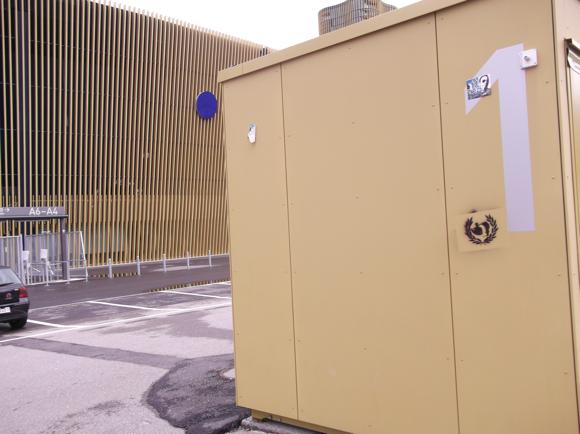
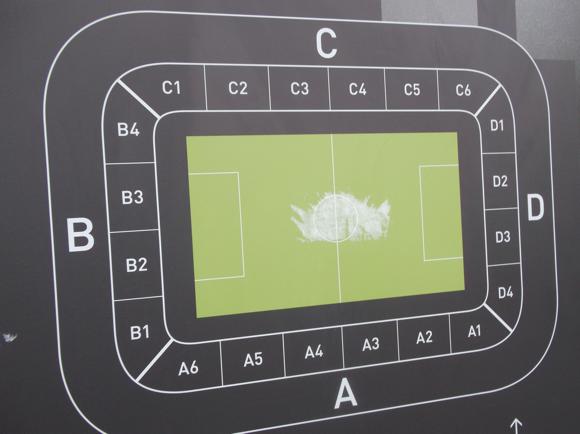
Advance tickets are released at 10am around ten days, and sometimes up to two months, before each home league game. As well as online (German-only), they are also sold in person at the FCL-Fanshop (Mon-Tue, Fri 11.30am-5pm) behind D Tribüne.
On match days, ticket kiosks 1 and 2 operate behind A Tribüne on main Horwerstraße. Visiting supporters should use kiosk 5.
For domestic fixtures, standing tickets (B Tribüne) are SF28. Seats alongside are SF33, SF41 behind the opposite goal (D Tribüne), and SF58 in the sideline C Tribüne. The best seats in the A Tribüne are SF62-SF100. In most sectors, children (6-15s) are half-price. Visiting supporters are charged an across-the-board SF28 for a seat in sector C6.
For European games, there are only seated tickets, SF43-SF70 in A, SF23 in B, SF29 in D, and SF41-SF48 in C. Away fans are charged SF20.
what to buy
Shirts, kits, merchandise and gifts


You’ll find toy FCL lions amid the rows of blue dressing gowns, T-shirts and flags (‘Hopp Luzärn!’) at the FCL-Fanshop (Mon-Tue, Fri 11.30am-5pm, match days) behind D Tribüne. Blue dominates home tops, away shirts tend to be white with blue trim.
While there was no third-choice strip released for 2024-25, imaginatively designed warm-up tops featured likenesses of the lion of Lucerne, a famous statue in town carved into a rock face, here offset by the words ‘FC Luzern’ running down the shoulders. Neat fold-down collars and chest zips completed a quality garment still available in the summer of 2025.
Where to Drink
Pre-match beers for fans and casual visitors
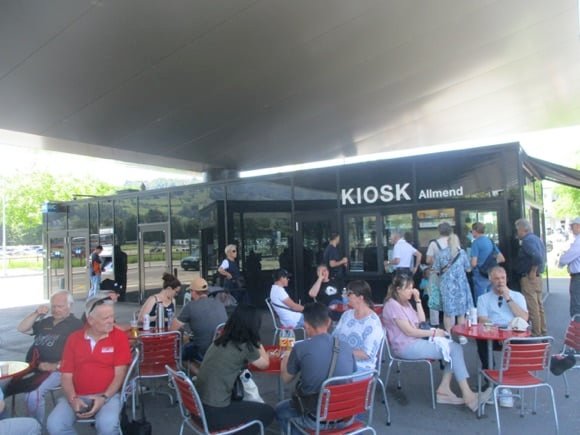
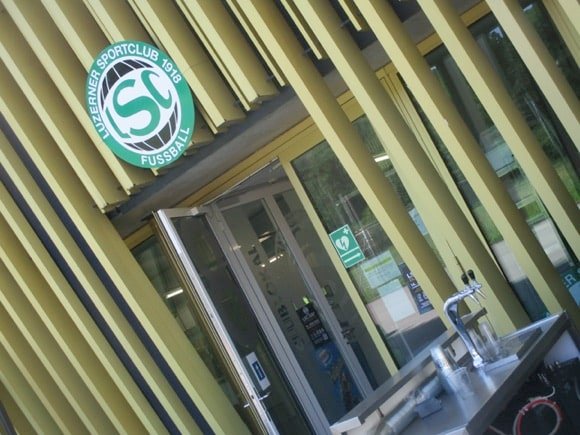
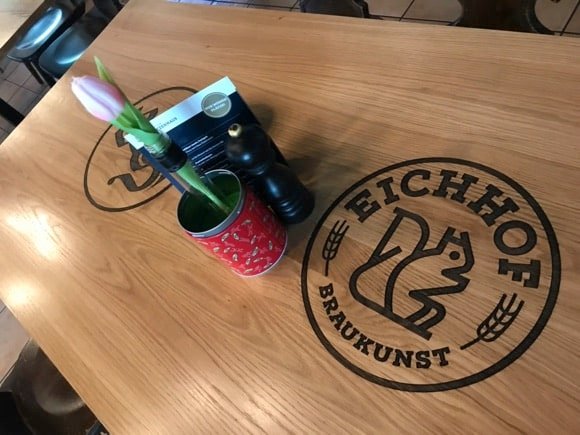
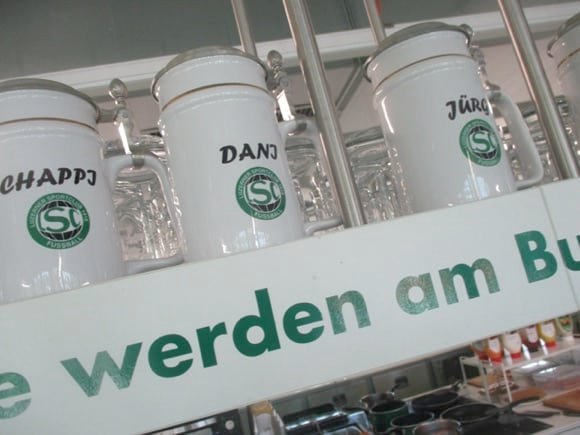
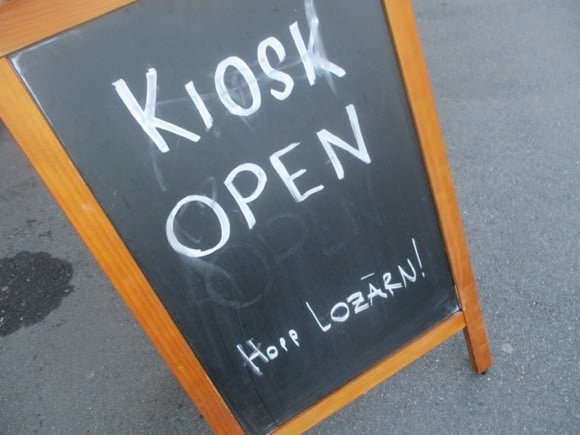

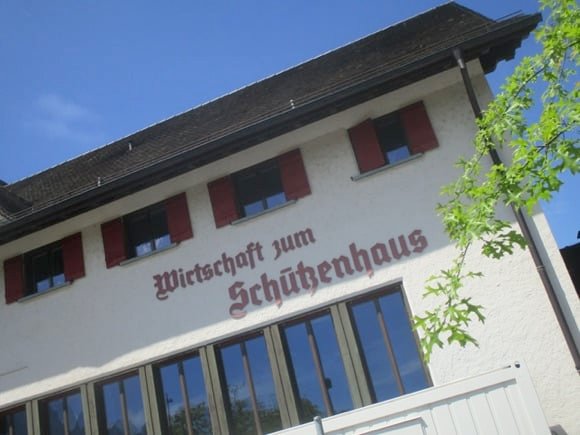
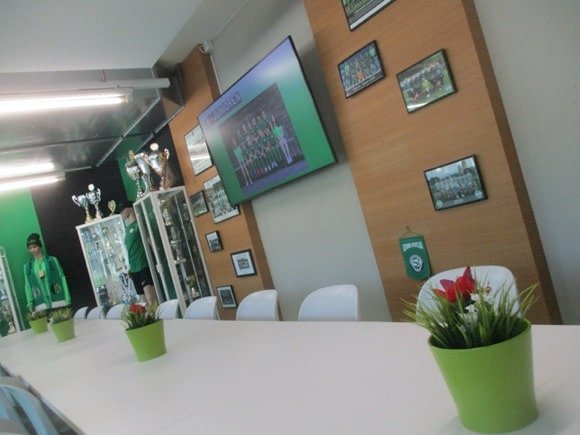
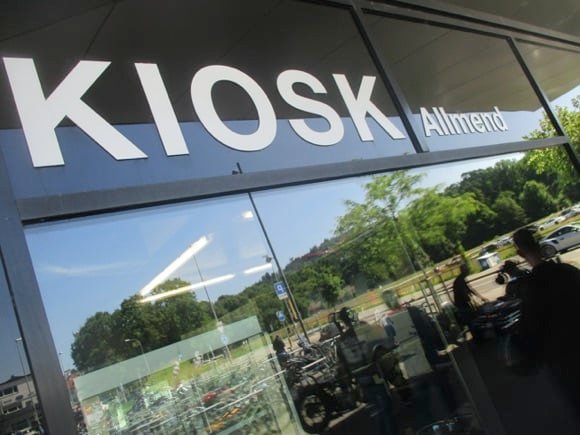
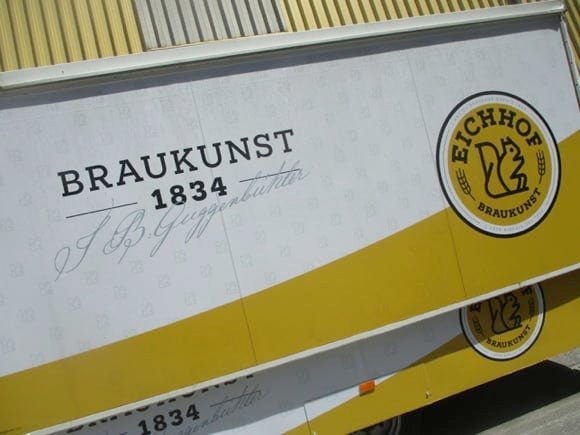
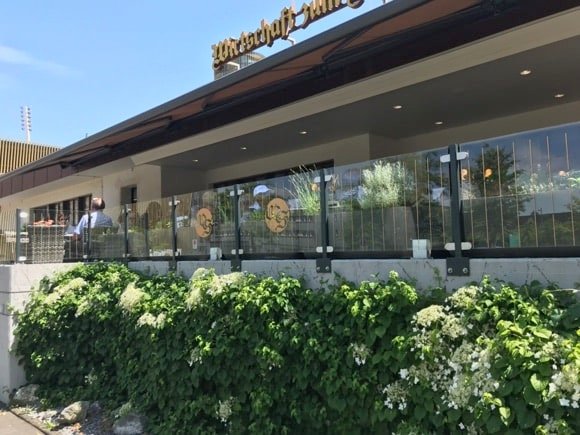
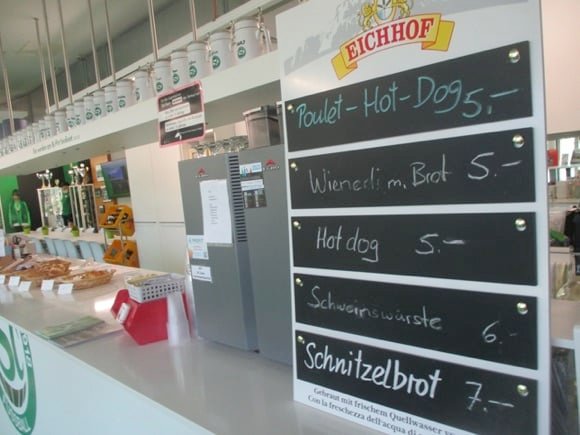
When you arrive at Allmend/Messe S-Bahn station, a kiosk at street level has a scattering of tables and chairs outside, where fans plot up with their Eichhof beer – it’s also covered.
At the gateway to the stadium on Horwerstraße, the Wirtschaft zum Schützenhaus is a traditional restaurant done out in Swiss chalet style with an easy-on-the-eye hunting theme. The menu changes with the seasons, fish and lighter risottos in summer.
The house burger (SF29.50), with ham, cheese, coleslaw and fries, is a mainstay, as is local Eichhof beer on draught. Pre-match refreshment can be enjoyed on terrace (table reservation pretty much essential if dining) or in the large main restaurant equipped with TVs.
Behind the stadium, facing the smaller ground used for athletics, the offices of Luzerner Sportclub feature a handy sports bar with a large terrace, draught Eichhof dispensed inside and out. Within, you’ll find vintage photos and merchandise relating to the Green and Blacks, whose history dates back to 1918.
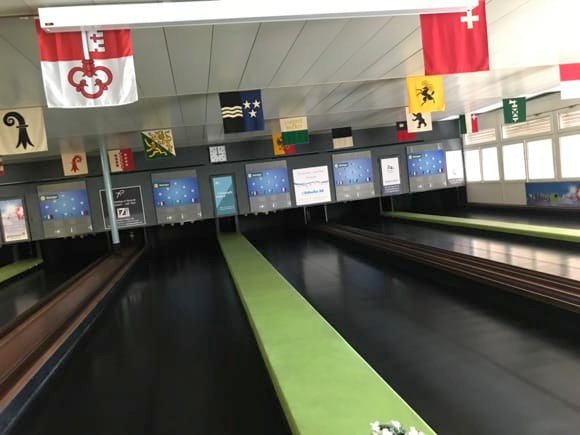
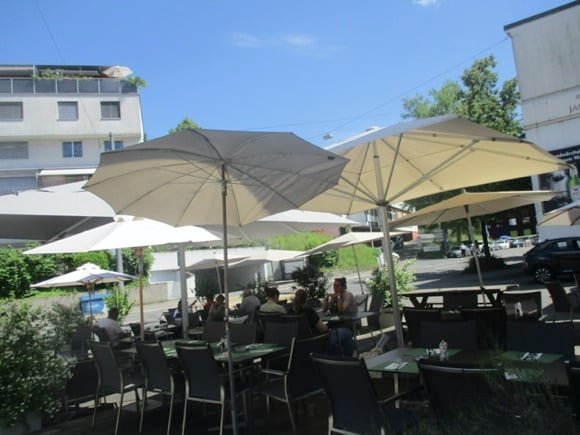
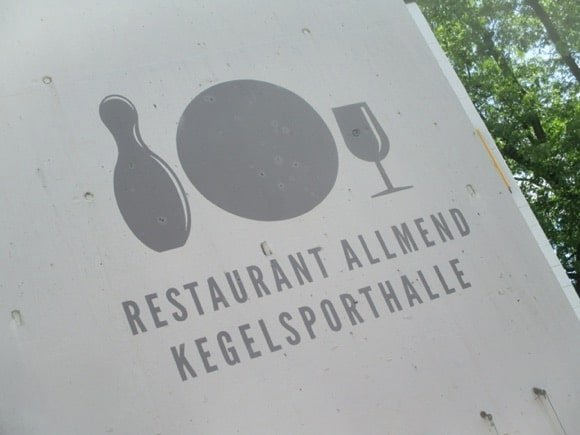
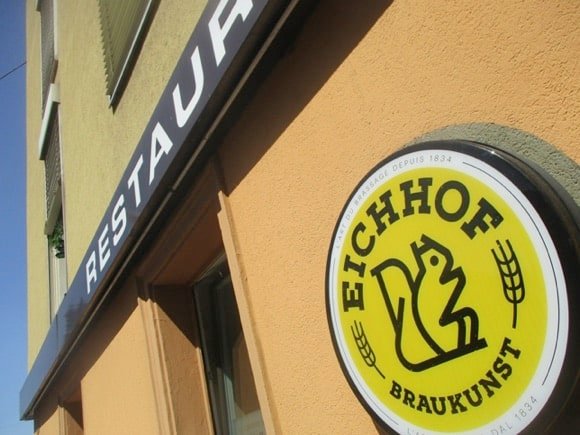
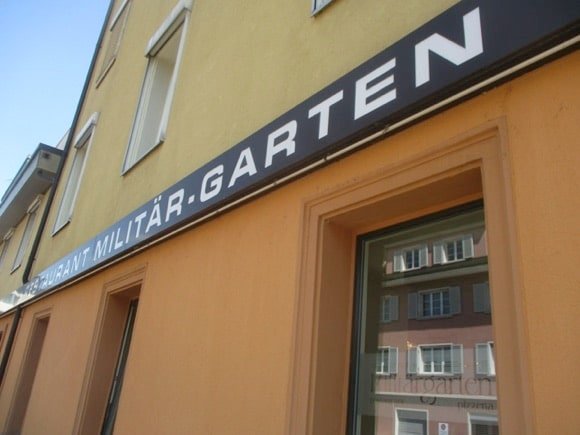

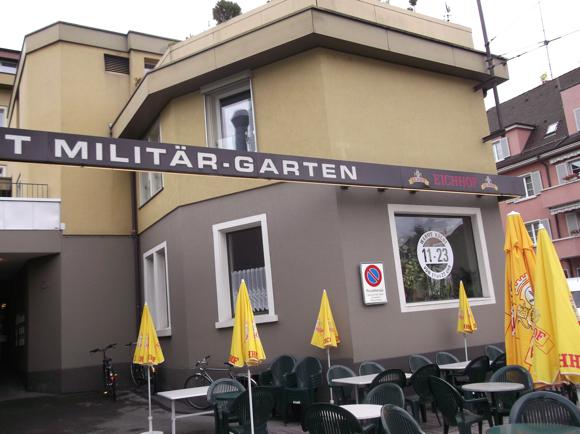
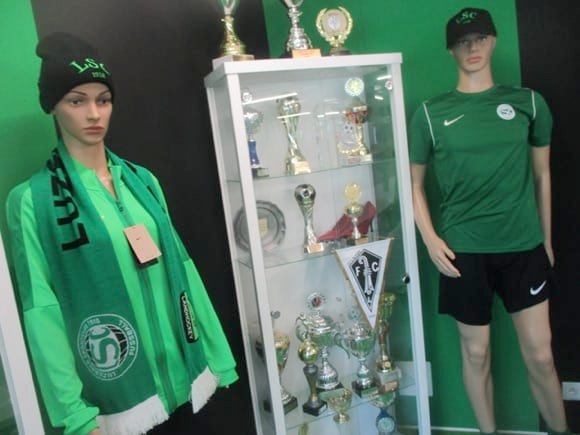
Currently, the senior team plays in the regional 3.Liga, the seventh tier of Swiss football, while a string of junior sides and players’ families keep the place busy – note the personalised beer Steins over the bar.
Still near the S-Bahn station, set back from the main road, the Allmend (Moosmattstraße 51) is the old-school bar/restaurant attached to the bowling alley where FCL players used to change in the park-pitch days. Climb the steps for (relatively) affordable beer and weekly specials. Closed Sundays.
Further towards town, the Restaurant Militärgarten was here decades before FCL were founded. Recently upgraded to become a smart Italian restaurant, it still serves Eichhof and Hubertus dark ale, ideally on its summer terrace round the back.

